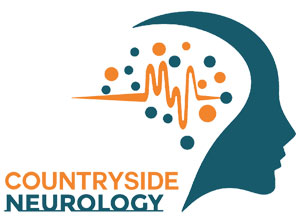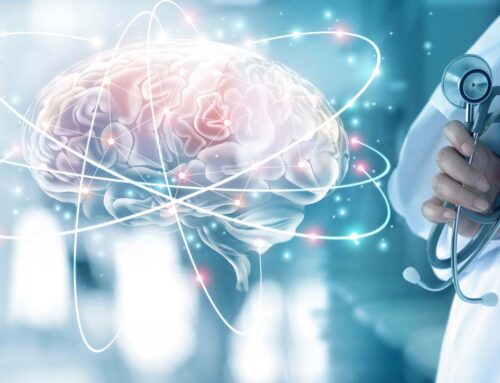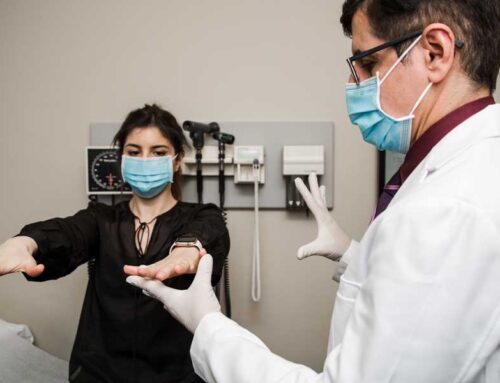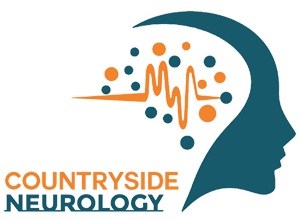Mental health benefits of TMS
“Based upon decades of research, clinicians have found that this can be an effective and durable way to treat various conditions where regions of the brain are either underactive or overactive,” says Cory Anderson, Vice President of Clinical Affairs and Medical Operations at NeuroStar® Advanced Therapy.
As of 2018, the Food and Drug Administration (FDA) has approved TMS as an alternative treatment for OCD as well as the following mental health conditions:
- major depressive disorder (MDD)
- bipolar disorder depression
- smoking cessation
Spielberg notes that TMS has also shown potential and success for individuals who live with:
- anxiety
- insomnia
- post-traumatic stress disorder (PTSD)
- panic disorder
- adult attention deficit hyperactivity disorder (ADHD)
- chronic pain
- memory impairment
More research on TMS for OCD and mental health conditions is needed and underway.
What does a TMS session for OCD look like?
Protocols can differ depending on each person’s experience living with OCD.
Typically, Spielberg says that “a TMS treatment course is kickstarted with an initial session where a technician performs one-time measurements to find the exact location of the SMA and often other areas of the brain that may be beneficial to treat.”
During a TMS for OCD session, the following might happen:
- You’ll undergo a primary consultation and mapping procedure.
- A technician will place a coil over the area(s) of the brain to be treated.
- Once in place, the treatment will begin. This might feel like a light tapping on your head.
- The technician might ask questions to check your progress or address any concerns.
A full treatment course usually includes sessions 5 days a week for 6 weeks. Each session can last around 15 to 30 minutes.
How long do the benefits last?
“Results vary between patients, and the clinical studies published for OCD so far [have] retained relatively short follow-up periods,” says Anderson.
But Spielberg notes that a full course of TMS will provide most people with symptom improvements for years to come.
“TMS has been shown to promote neuroplasticity (the formation of new connections in the brain), which can assist with developing new habits and patterns of thinking, potentially lasting a lifetime.”
Aside from this, Anderson points out that other benefits of TMS include:
- There’s no anesthesia, which means there’s no downtime from work or other activities.
- It’s a local treatment, meaning it has no systemic side effects.
Next steps
Transcranial magnetic stimulation for OCD can be a safe, effective, and long lasting noninvasive treatment option.
Studies and experts suggest that folks with OCD and other mental health conditions, like major depressive disorder and bipolar disorder depression, can find relief with this FDA-approved treatment that could potentially last years.
Sources:
Mandriota, Morgan. “Is TMS Treatment Effective for OCD?” Psych Central, https://psychcentral.com/ocd/tms-for-ocd.





